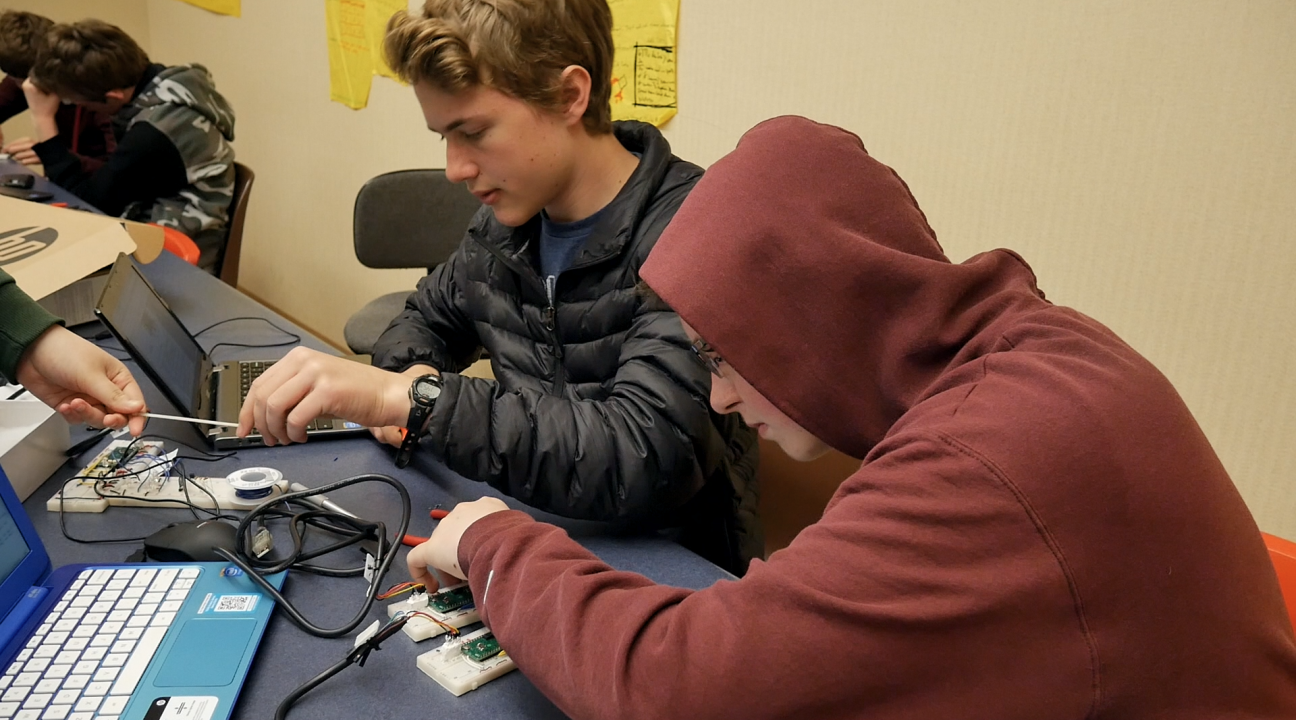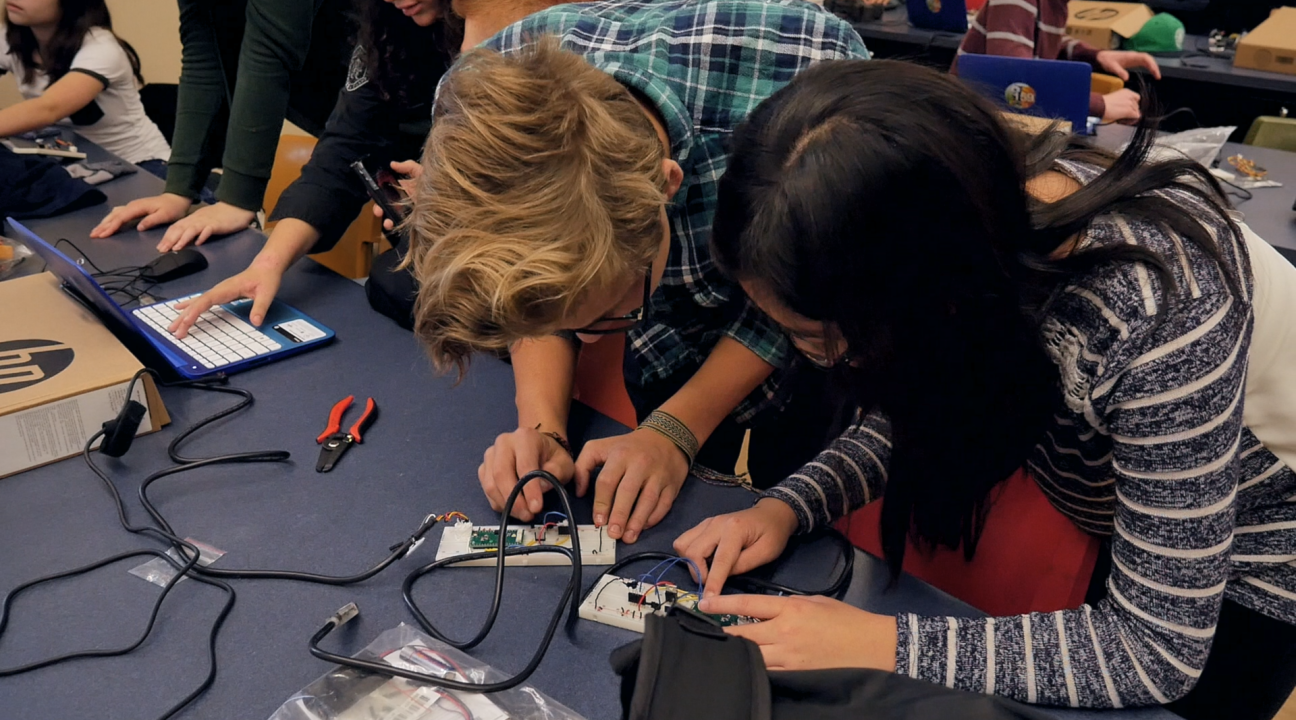SSU receives $4 million grant to expand ‘Learning by Making’ program to Sonoma and Lake counties
For five years, Sonoma State University’s Education and Public Outreach Group has been working to create and fine-tune a 9th grade curriculum that rethinks the way STEM courses engage students. The result has been a "Learning by Making" curriculum that trains students to design and construct their own experiments.
Piloted in six Mendocino County high schools during the past three years, the curriculum will now expand to Sonoma and Lake counties thanks to a $3.93 million grant from the U.S. Department of Education.
“We are thrilled that the Department of Education has recognized our work on our innovative 9th grade integrated STEM curriculum by awarding us funding to continue to develop the Learning by Making curriculum for another five years,” said Lynn Cominsky, who leads the new project. Cominsky is also Director of SSU’s Education and Public Outreach (EPO) Group and chair of the Department of Physics and Astronomy at Sonoma State. “Learning by Making has been our group's most challenging project, but it also has the potential to transform STEM education nationally.” Other co- principal investigators on the new grant are Dr. Laura Peticolas, Associate Director of the EPO group, and Susan Wandling, Senior Director of SSU’s Pre-Collegiate Programs.
The “Learning by Making” project was specifically designed to benefit rural schools, which, according to Cominsky, are typically underserved in STEM education. With many rural schools not having credentialed teachers in each science discipline, teaching an integrated STEM curriculum allows flexibility, she said. The curriculum design also provides advanced students the opportunity to take on more challenging activities, which is important in rural schools where small student populations preclude the ability to offer AP classes.
The “Learning by Making” curriculum, originally supported by a $3 million grant from the Department of Education in 2013, is currently being taught for a fourth year at three different Mendocino County high schools: Ukiah, Point Arena and Round Valley. During the 2016 - 17 school year, external evaluators at WestEd conducted an impact study that compared student learning outcomes using the “Learning by Making” curriculum to other 9th grade students who were enrolled in traditional courses. According to Susan Wandling, who directed the 2013 grant, their initial evaluation “demonstrated significant gains in science learning and improvements in mathematics skills.” Further explanation of the study can be found on the Learning by Making project’s website.
With California adopting the Next Generation Science Standards, which seek to connect the various scientific disciplines while engaging students with authentic experiments, the “Learning by Making” curriculum has the potential to transform STEM education, Cominsky said. The project fuses mathematical and computational learning by focusing on solving real-world scientific problems - with students and instructors working together. Explorations into earth science, biology, chemistry and physics are undertaken by students who learn to code in Logo, an easy-to-learn programming language. Students also learn how to build electronic circuits and to analyze data from a variety of different sensors, including light, temperature and vibration. At the conclusion of each experiment, they are required to present their work, which helps develop writing and oral communication skills. “Learning by Making” has been approved as an area “D” laboratory science course, which satisfies admission requirements for the
UC and CSU systems.
SSU’s Education and Public Outreach Group has a goal of having at least 12 schools in the region teaching the “Learning by Making” curriculum within five years. Although the project is targeting rural schools, the curriculum also will be tested in selected urban schools, including Roseland University Prep and Healdsburg High School, to measure the student learning outcomes in different settings.
“We have the opportunity to rethink the way that STEM subjects are taught, so that students are more actively engaged in doing science, and not just memorizing facts,” said Laura Peticolas.





